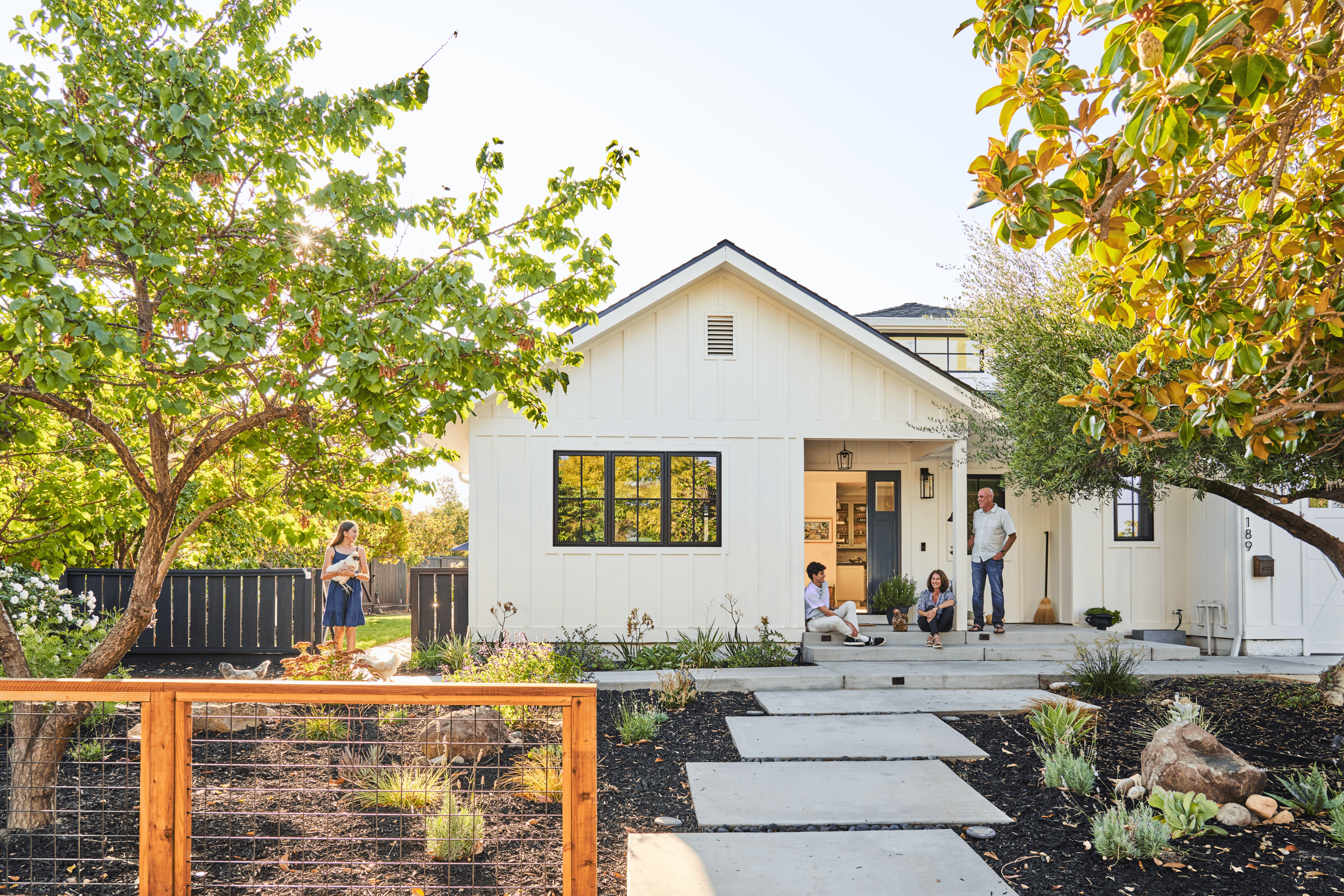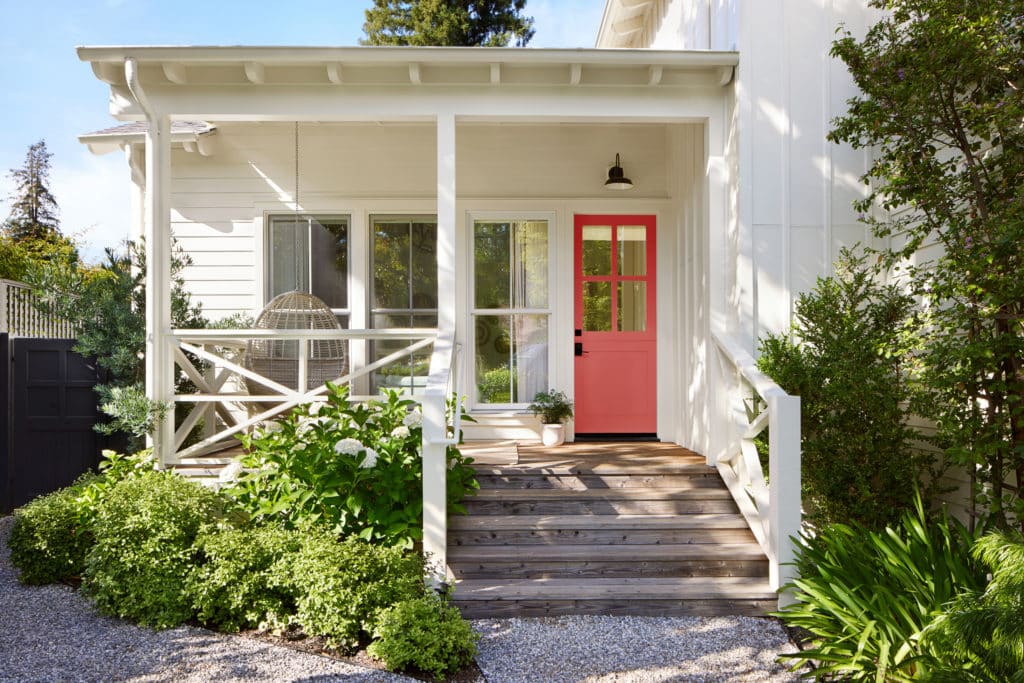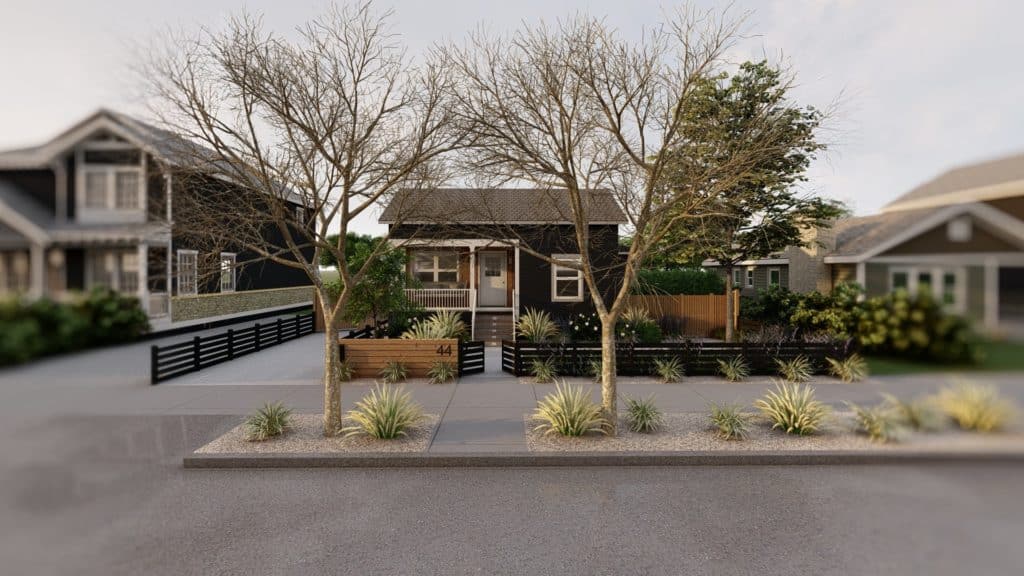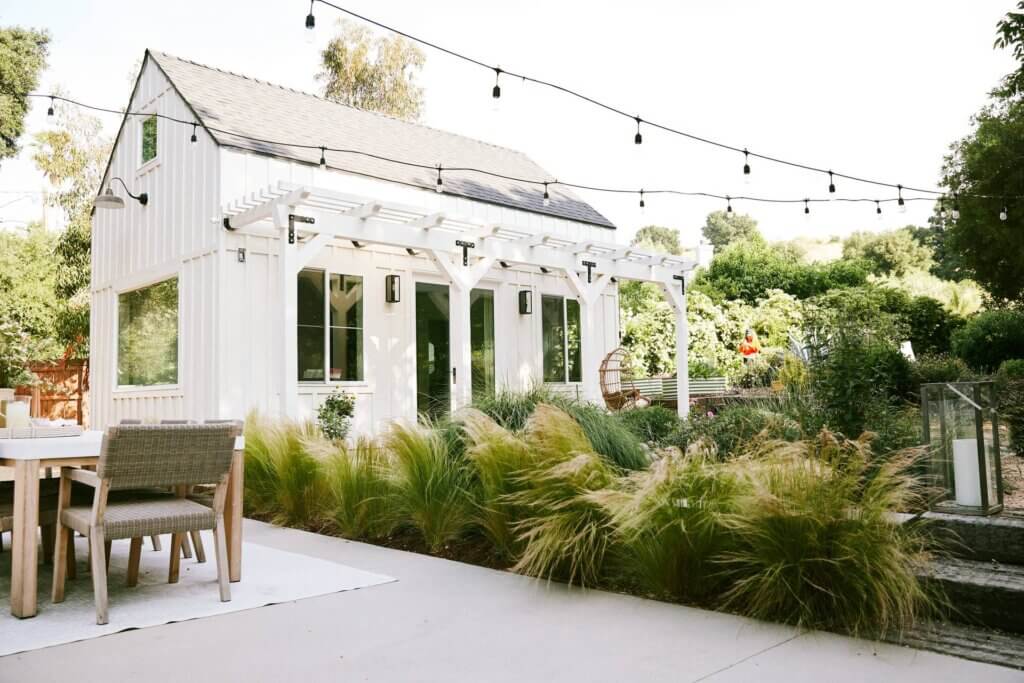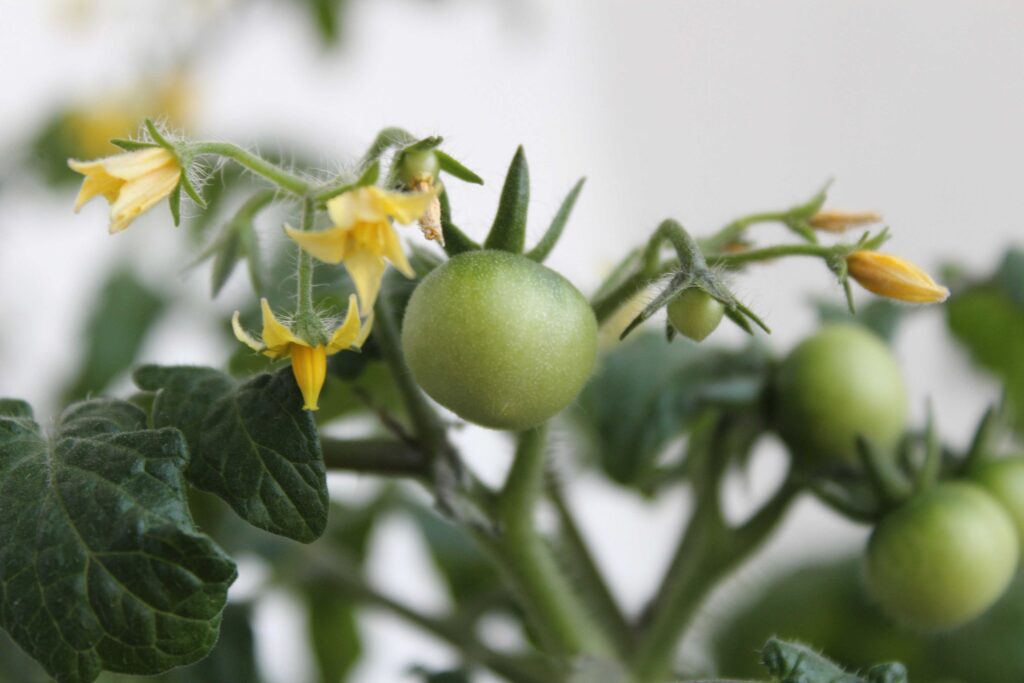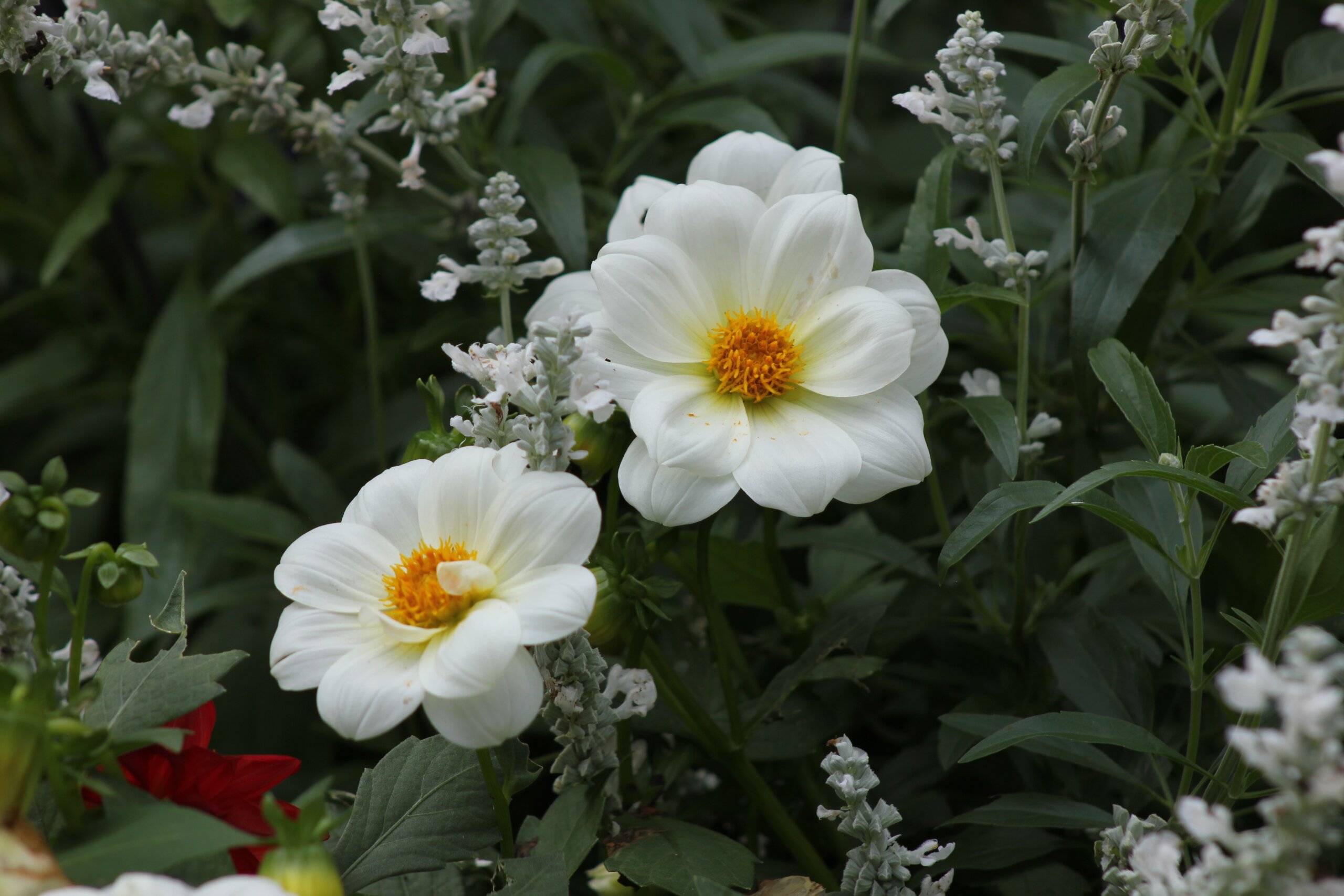
Ready to design your dream yard?
Get Started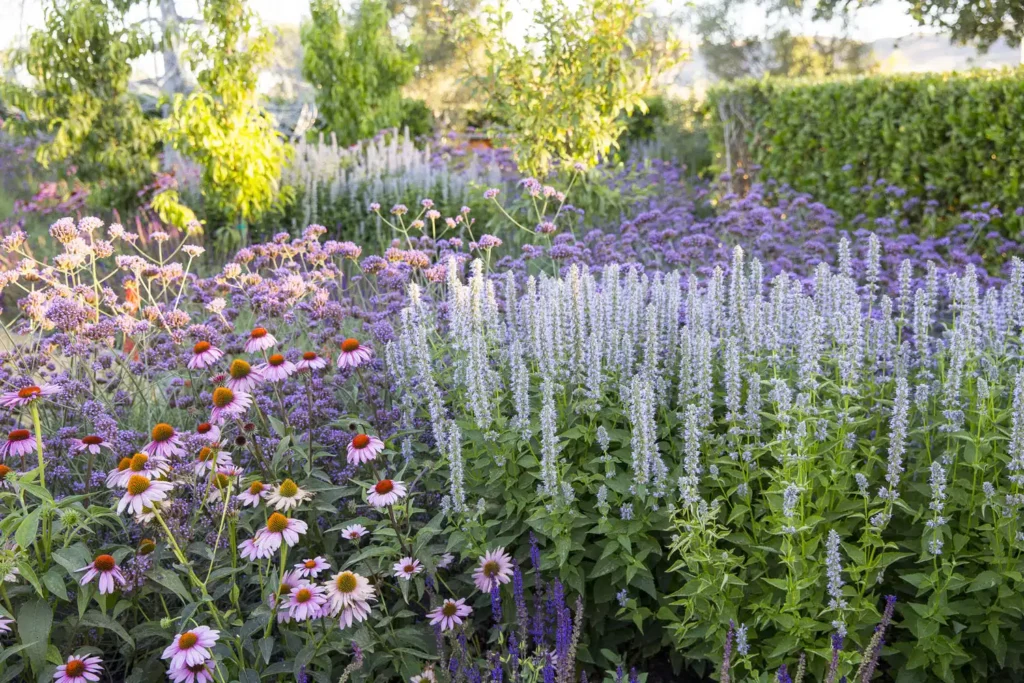
This year, one of Yardzen’s top trend predictions is a renewed appreciation of “maximalist” planting design. In contrast to the highly manicured modern yard (we love that too!), our talented designer team is predicting a resurgence in organic movement and floral “messiness”—a nod to the whimsical cottage garden which spiked in popularity over the last year (see Yardzen’s 2022 trend report!).
Flowering plants—trees, shrubs, and flowers—add a host of benefits to the yard, including habitat support, beauty, and function (cutting gardens!). Many blooms are pollinator-loving with their pollen-laden stamens, and surprisingly, many require relatively lower water input, if you choose wisely for your region. Check out our Guide to Pollinator Gardens to learn more!
And, of course, we can’t overlook the beauty of a yard rich in flowers. A treat for the senses– from the immense beauty of their colorful eccentricities to their smell on warm spring evenings.
In this article, we’re focused on multipurpose and beautiful flowers—flowers that do good for the planet, thrive in your yard, and look great in a vase. In other words, the best plants for a cutting garden! One of our many favorite elements to include a client’s design. Get started designing a yard with your own cutting garden.
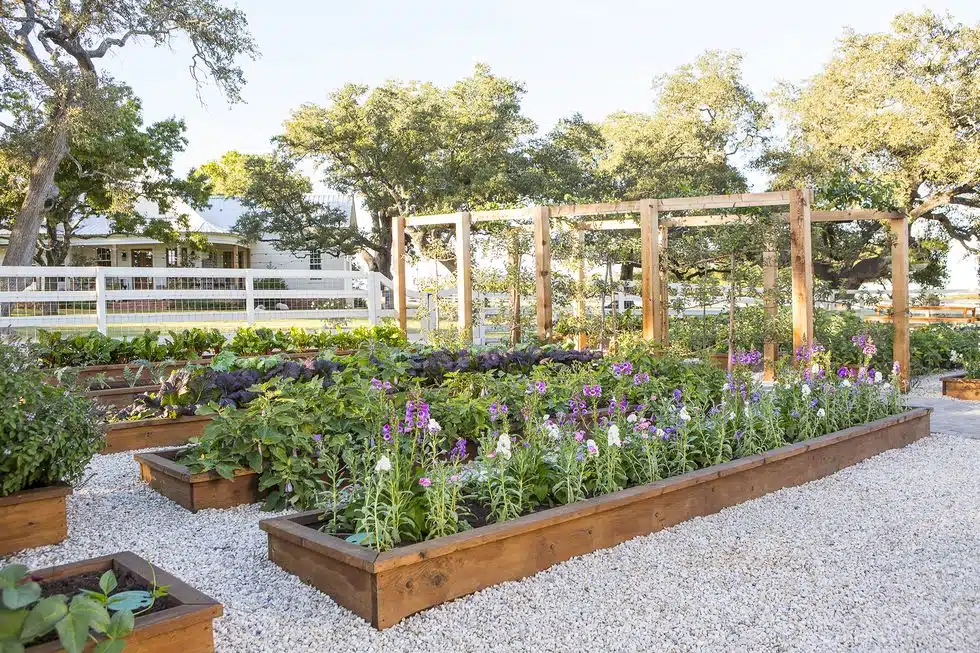
What is a cutting garden or cut flower garden? Essentially, a yard that has plants and flowers that the homeowner can use in flower arrangements. Cut flower gardens come in many shapes and sizes! They can be discrete spaces, like a raised bed, or flowers dispersed through the yard woven into your landscaping plan.
Here are our top beginner picks for plants and flowers for your own cutting garden, including our favorite natives, annuals, perennials, foliage, and filler—to help you become your own personal florist and fill your home with fresh flowers.
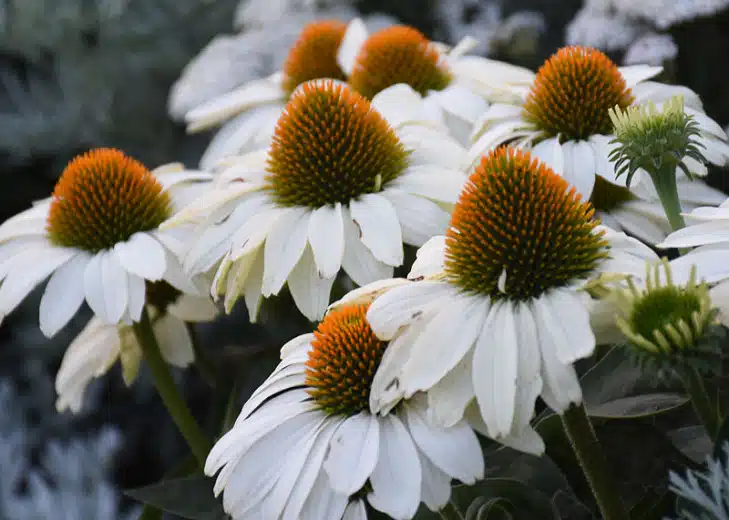
Native Flowers
Natives are great option for growing cut flowers since they’re typically lower maintenance and have the added benefit of supporting local wildlife. The best natives for your arrangement will depend on where you live. Many of the species below are native to large swaths of the country, and they all look great in landscape designs and floral arrangements alike.
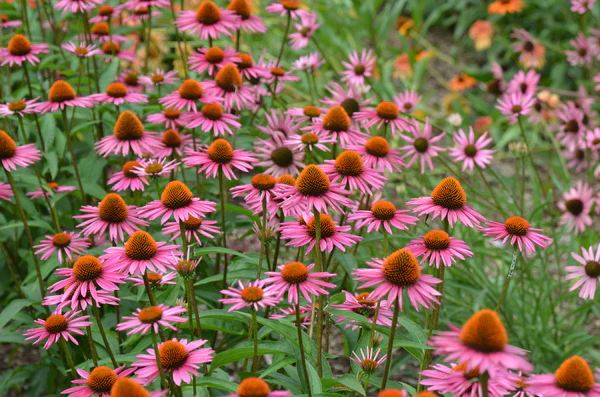
Echinacea: Also known as coneflowers, echinaceas standout for their big, jewel-toned flowers. Many hybrids and colors are available.
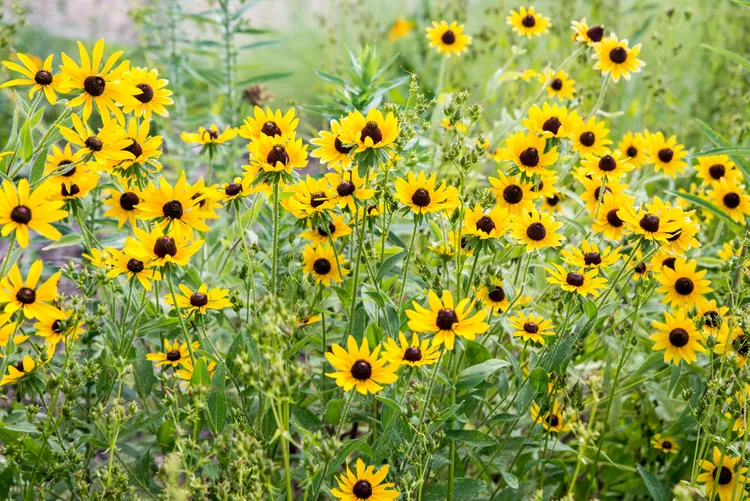
Black-eyed Susans: Native to prairies across much of the U.S., and lend wildflower charm, striking contrast, and a sunny glow to floral arrangements.
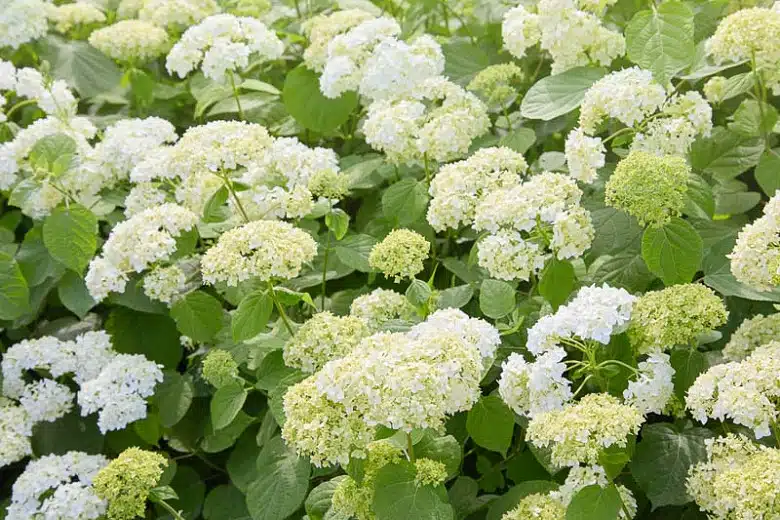
Smooth Hydrangea (Hydrangea arborescens): Chunky blooms ranging from light and yellow-green to white. Made for the spotlight.
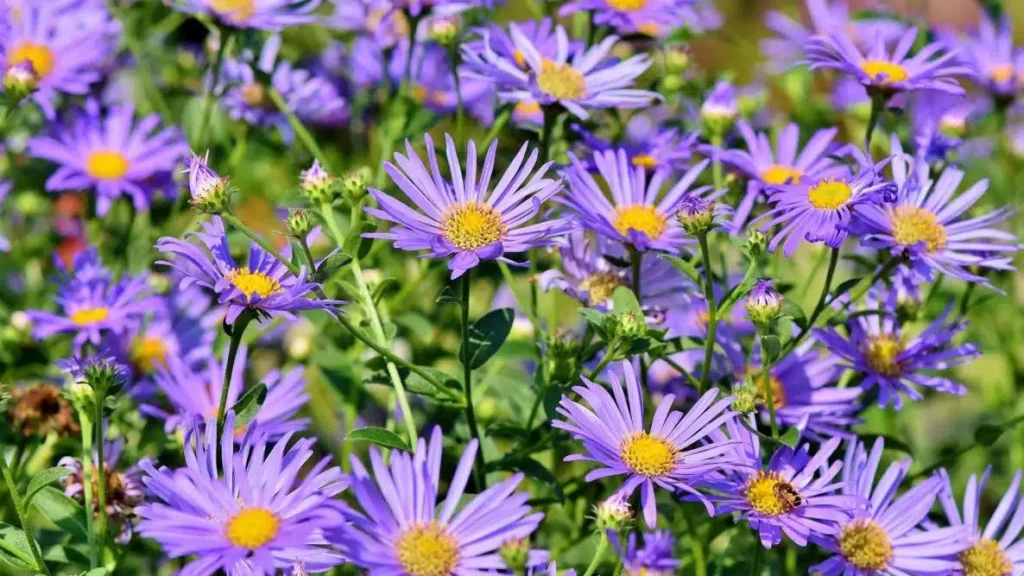
Asters: Asters do wonderfully as cut flowers. S. chilense is a west coast habitat powerhouse with delicate blue, lavender, or white coloration and a big yellow center. S. nova-angliae is the eastern version, with a richer hue.
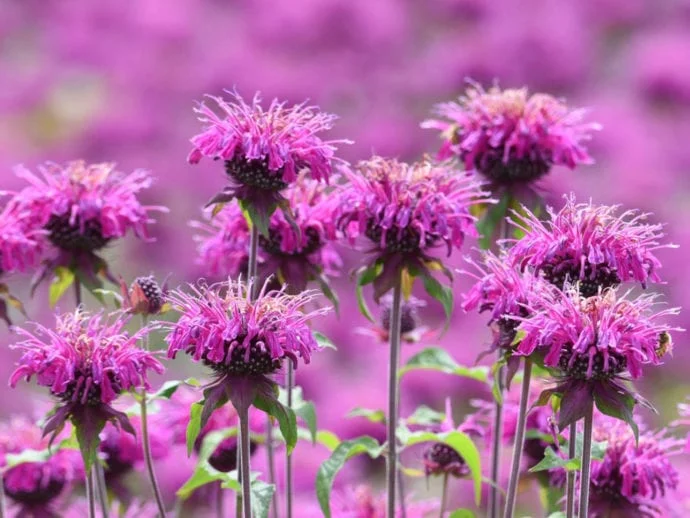
Bee Balm: M. fistulosa has a showy, fringy form and creamy pink or lavender coloration, while M. punctata has a more robust, somewhat star-shaped build. Native to much of the U.S. east of the Rockies, with good duration in floral arrangements.
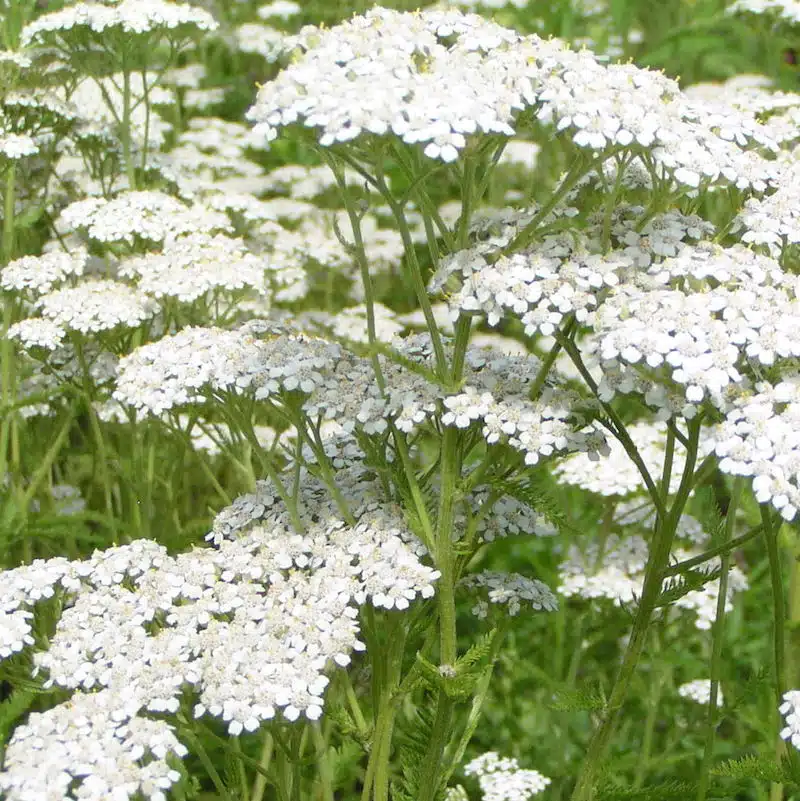
Yarrow: Available in many colors, but we prefer the softer hues to complement its delicate form.
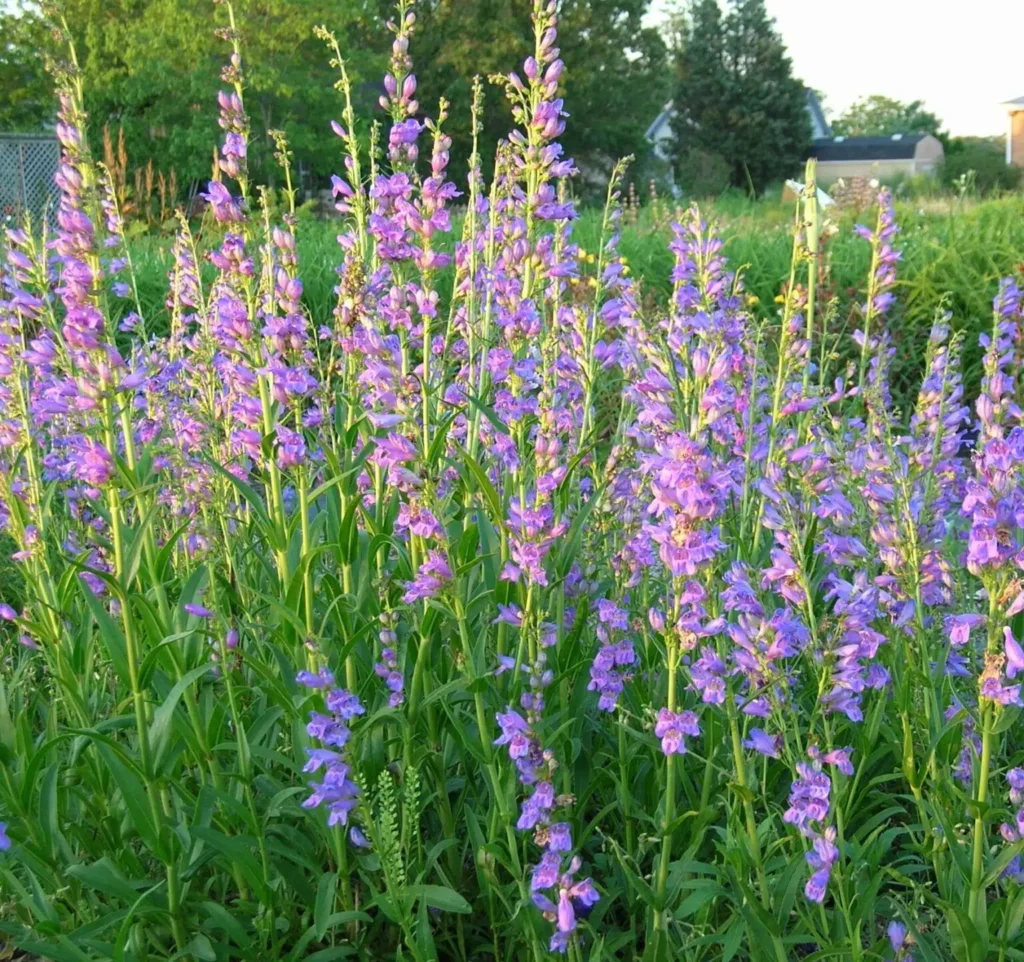
Penstemon: Try P. spectabilis in the west, P. digitalis in the east. P. digitalis ‘Husker Red’ has wine red stems that contrast dramatically with its creamy flowers.
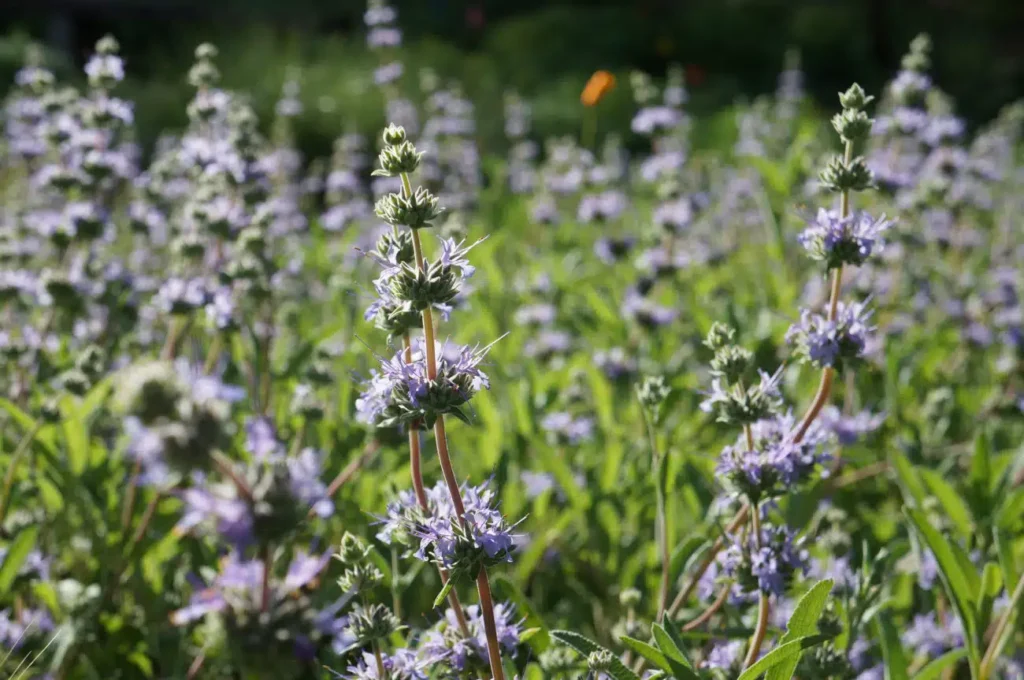
Salvia: Add height to any arrangement with the tall, pollinator-loving spikes of salvia, which come in a range of deep-hued colors. Several varieties are native to regions in the West—work with a Yardzen designer or ask a local nursery to learn more.
Perennial & Annual Flowers
Our quick guide to annuals and perennial flowers: perennials come back every year with proper maintenance and annuals are one-season flowers that require planting every year. Because annuals generally have a short growing season, it’s important to think about your cutting garden cohesively with your landscaping plan so there aren’t “bald” spots during the off-season.
Think about the bloom times of the plants you choose to ensure you have beautiful blooms or showy foliage throughout the year. In your planting plan, identify which plants bloom in early summer, late spring, etc.— and see if you’re able to elongate the bloom time of some plants by deadheading to cover any gaps in flowering.
Tip: we especially love sourcing bulbs and seeds from Floret, Hudson Valley Seeds, Renee’s Garden, Botanical Interest, Baker Creek Seeds, Eden Brothers, and David Austin Roses.
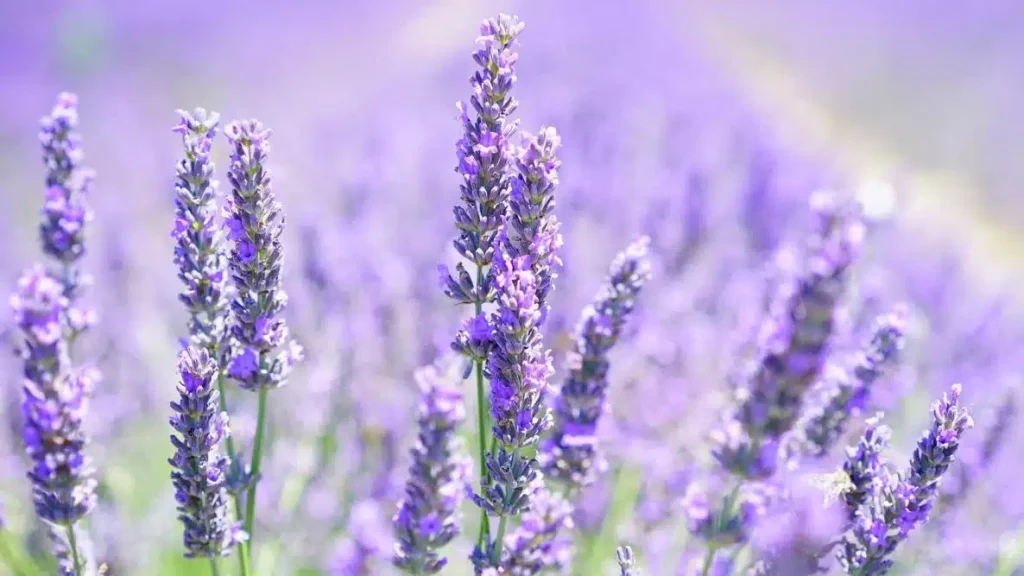
Lavender (Perennial): Pollinator-loving lavender, which comes in many different varieties, looks beautiful in fresh arrangements and is especially wonderful dried. They are relatively easy to care for, but they should be trimmed back every year.
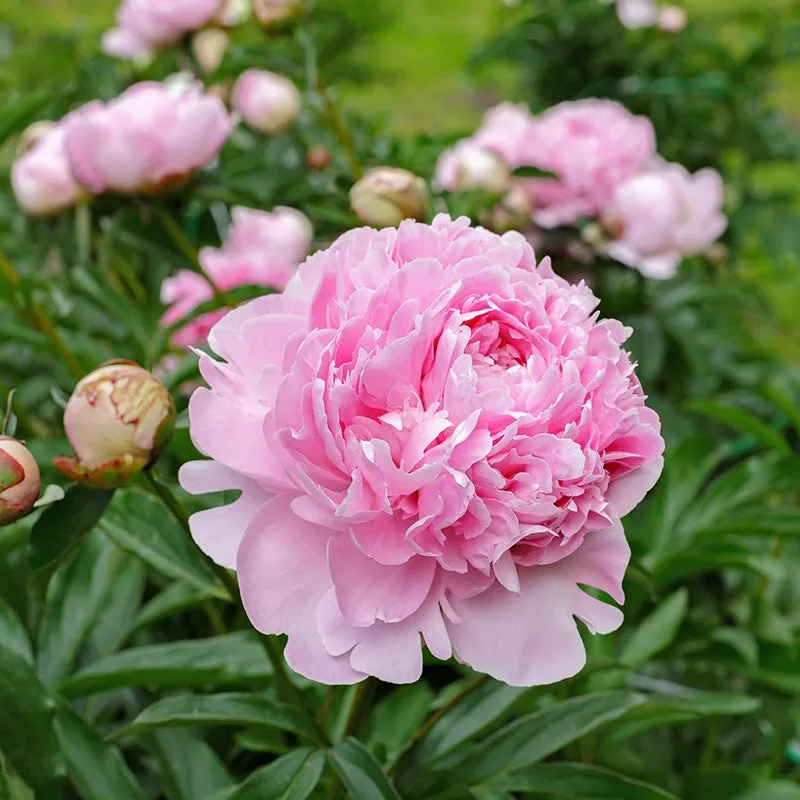
Peony (Perennial): These perennial flowers with large blooms are the star of any arrangement with their large, loosely layered heads in joyful hues. Peonies are best bought as bare root plants while dormant during the fall and winter. They do best in full sun and grow throughout the summer.
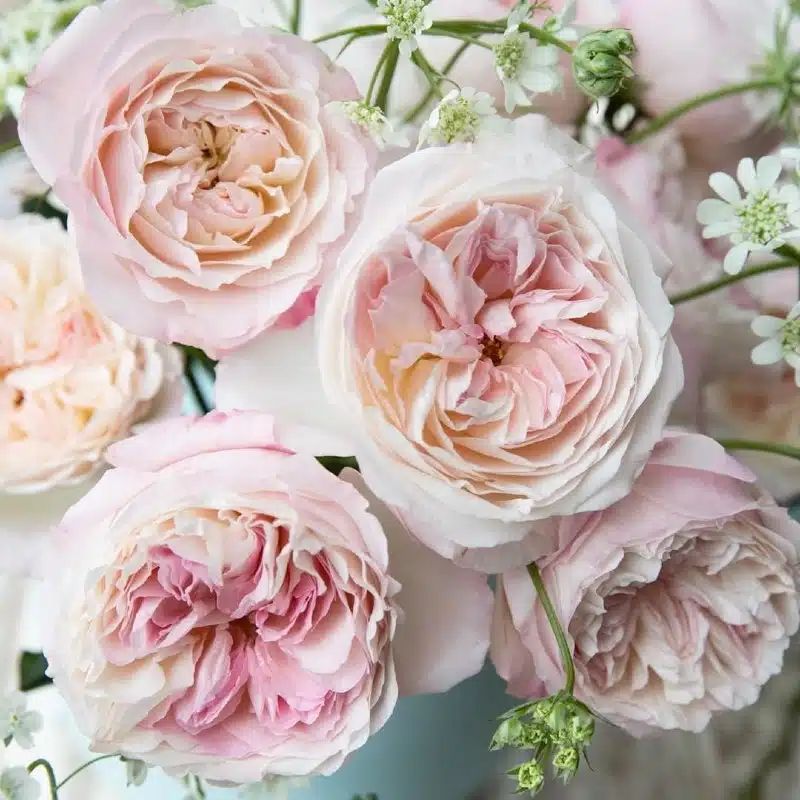
Roses (Perennial): Growing roses isn’t for the faint of heart—most varieties require regular maintenance, and they are susceptible to many diseases. But, if you’re up for a gardening challenge, there is nothing like growing roses. Their sweet scent and gorgeous blooms are gorgeous in both your landscape and on your dining table.
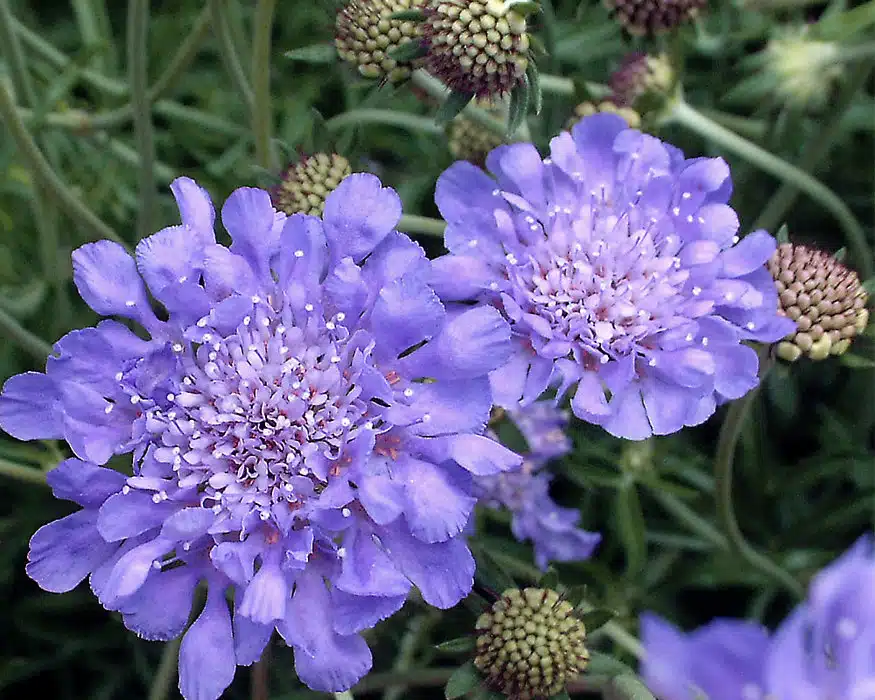
Scabiosa (Perennial): Part of the honeysuckle family, these petite flowers with tightly clustered heads add texture and character to any arrangement. We’re especially partial to Black Knight and Butterfly Blue colors.
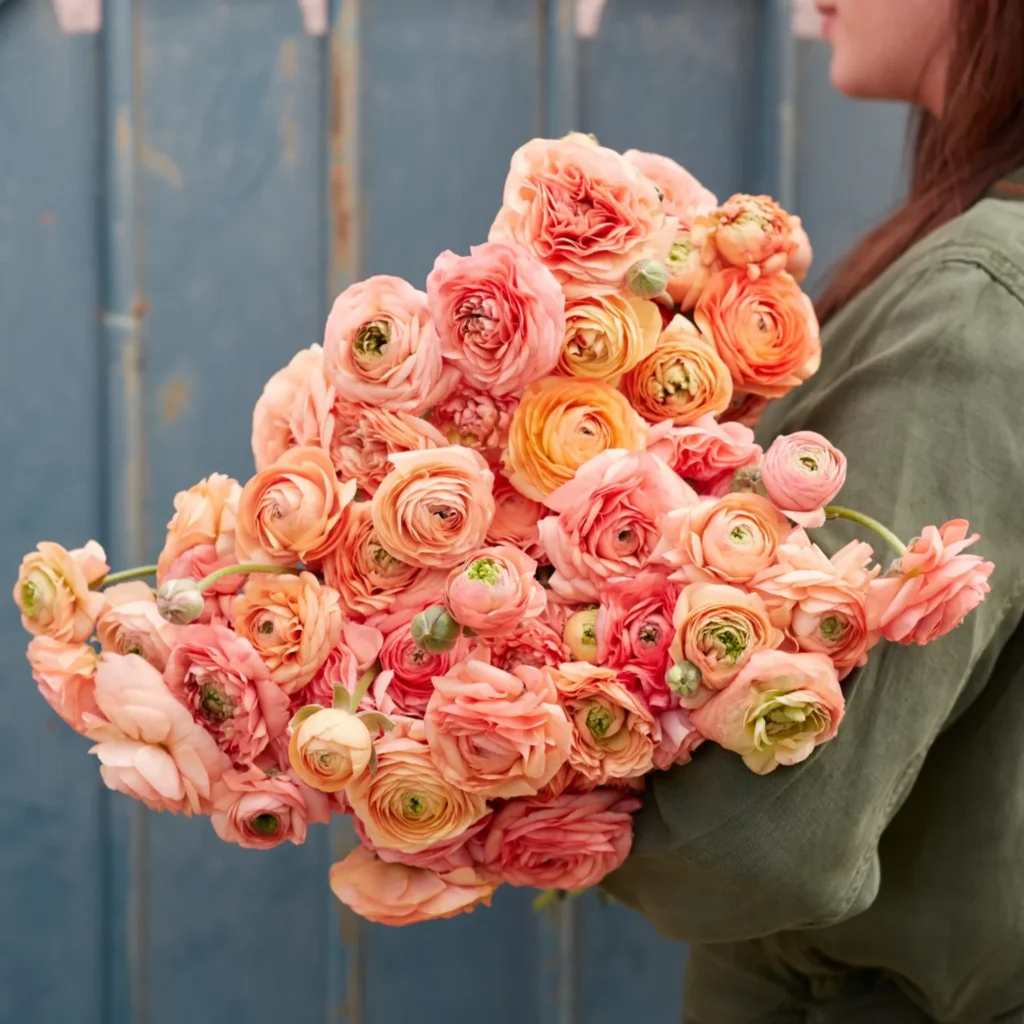
Ranunculus (Annual): Ranunculus come in bright, rich colors and their compact heads make them a favorite in both arrangements and bouquets. Planted during the fall (warmer climes) and spring (colder climates) as a bulb, they emerge during the spring as cheery reminders of the warm weather to come.
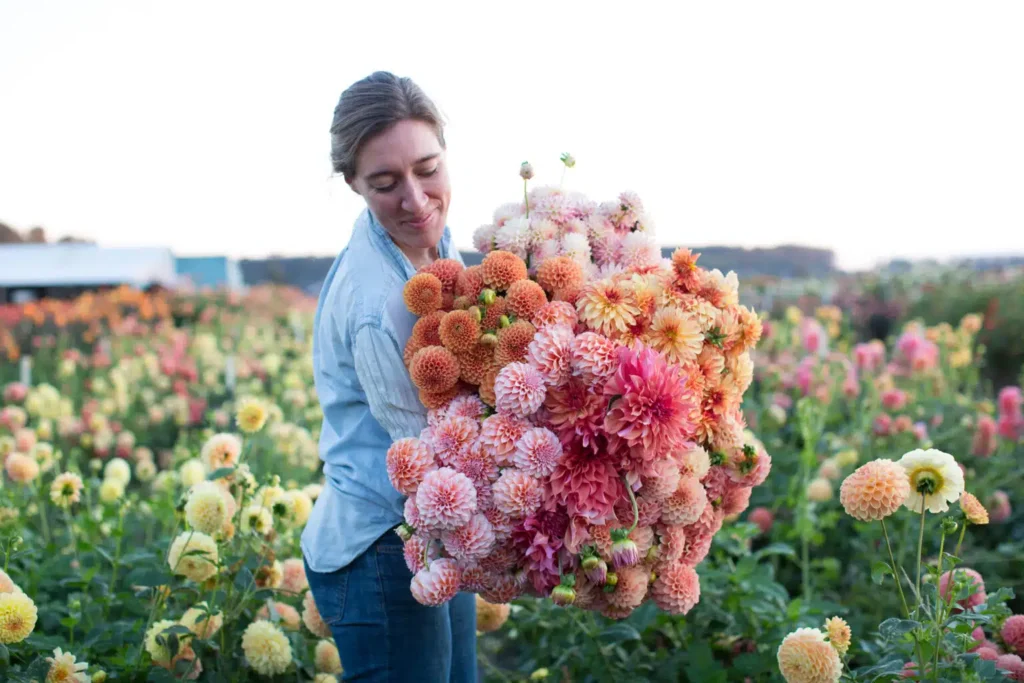
Dahlia (Annual): Dahlias come in just about every shape, size, color, and texture! These dreamy flowers are beautiful in any arrangement. Plant from seed in early spring for summer enjoyment. We especially love the dahlias and their stories from Floret.
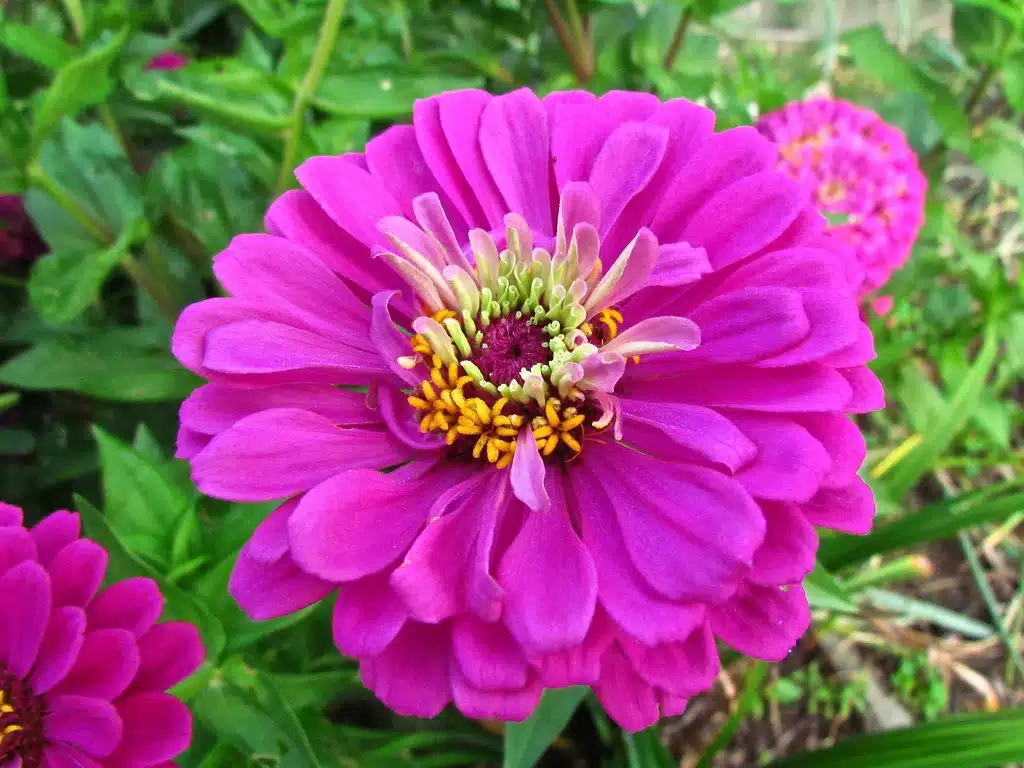
Zinnia (Annual): Zinnias are happy little flowers beloved by many pollinators. Zinnias come in the full spectrum of colors– yellow, red, pink, purple, and even lime green!
Foliage + Filler
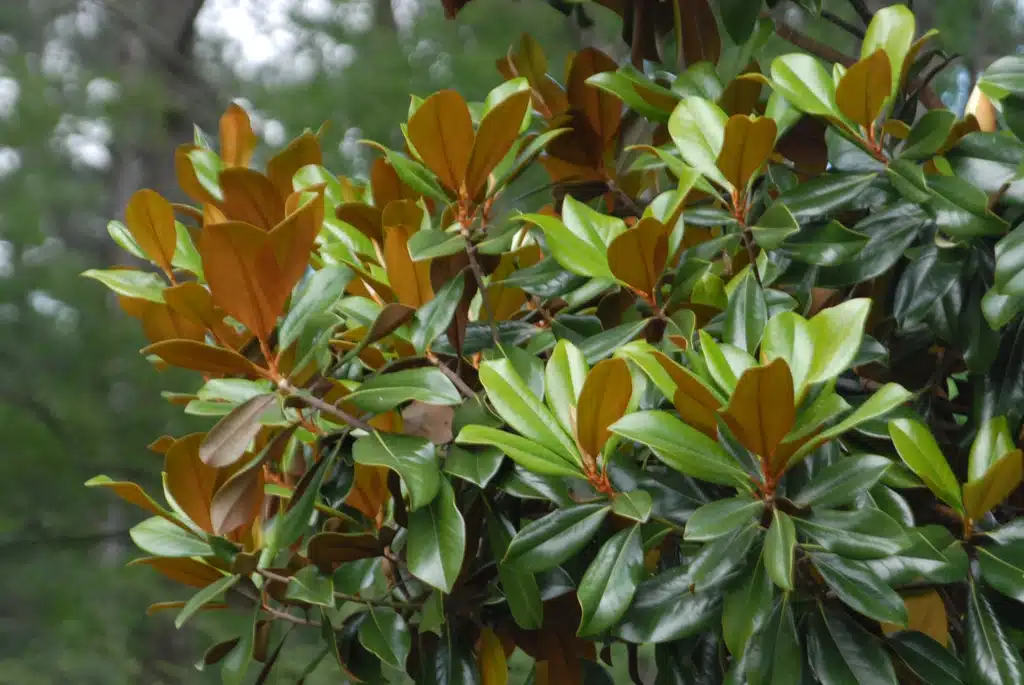
Magnolia: A southern emblem, magnolia leaves are deep green, large, and glossy, lending chunky texture and rich coloration for brighter flowers to pop against. Plus, we love any reason to plant a tree!
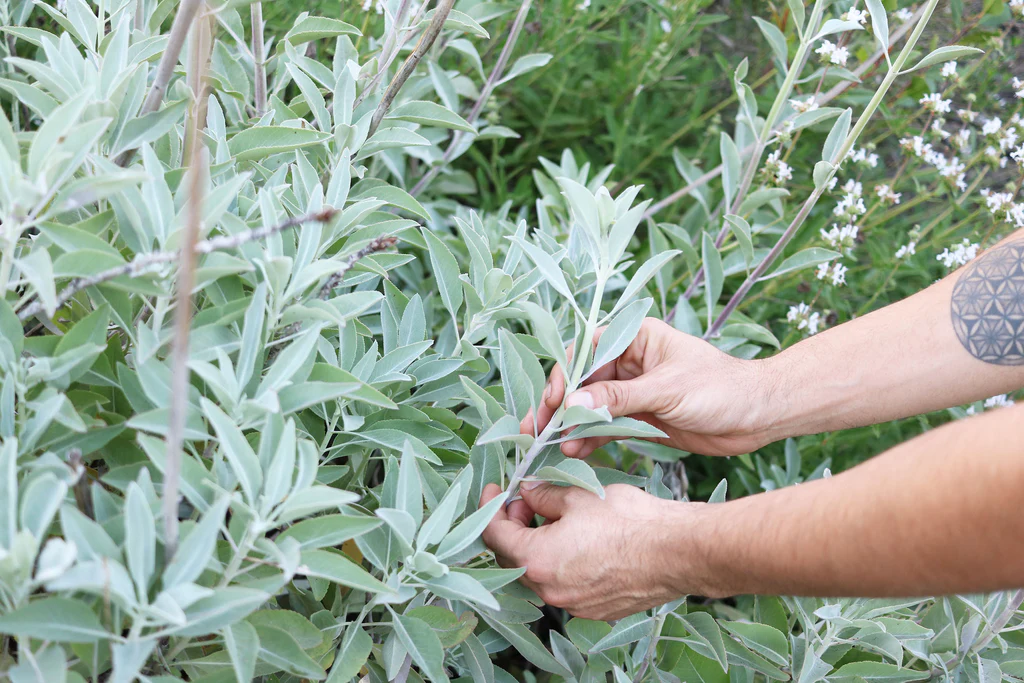
White Sage: Native to much of the U.S., white sagebrush is a stunning, silvery-green perennial with delicate leaves. Blend this in to evoke a sun-bleached, dusty character in floral arrangements.
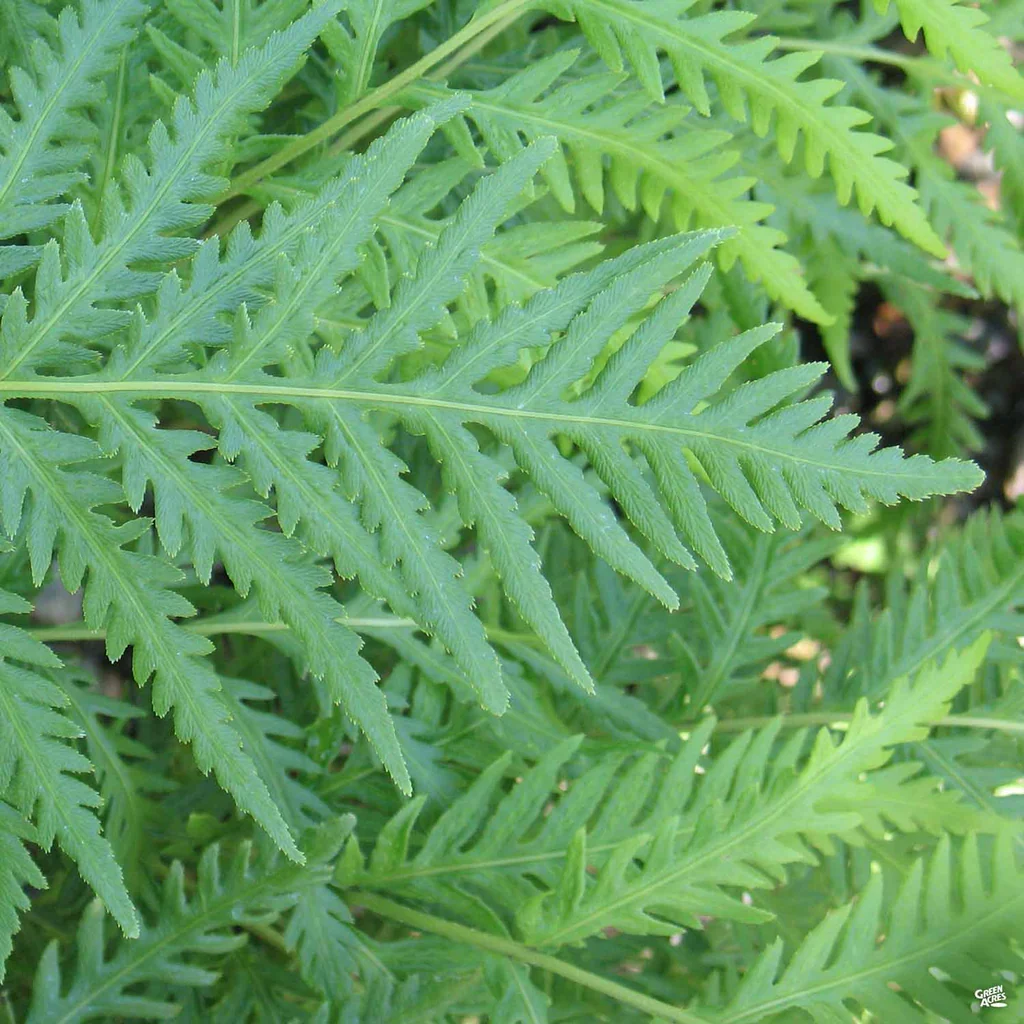
Giant chain fern: Giant chain fern, a west coast native, has huge fronds that are stunning as character elements in floral arrangements.
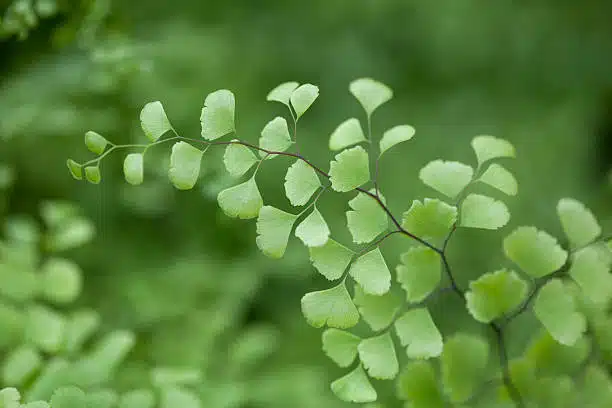
Southern maidenhair fern: Lacy foliage that lends delicacy to bouquets.
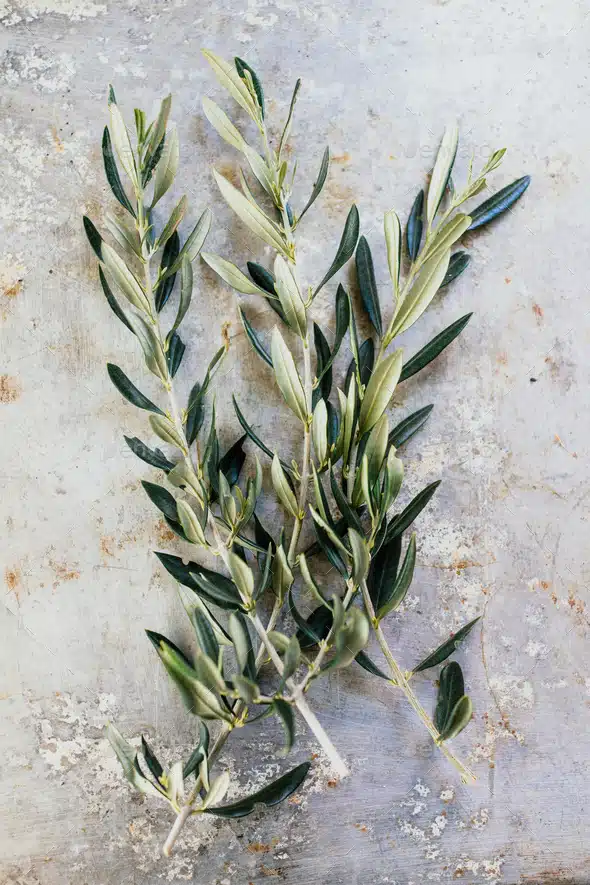
Olive: Olive tree cuttings look beautiful as both a filler and as a single-variety arrangement. Check out our Guide to Olive Trees to learn more.
Get started with your custom landscape design and planting plan by Yardzen!
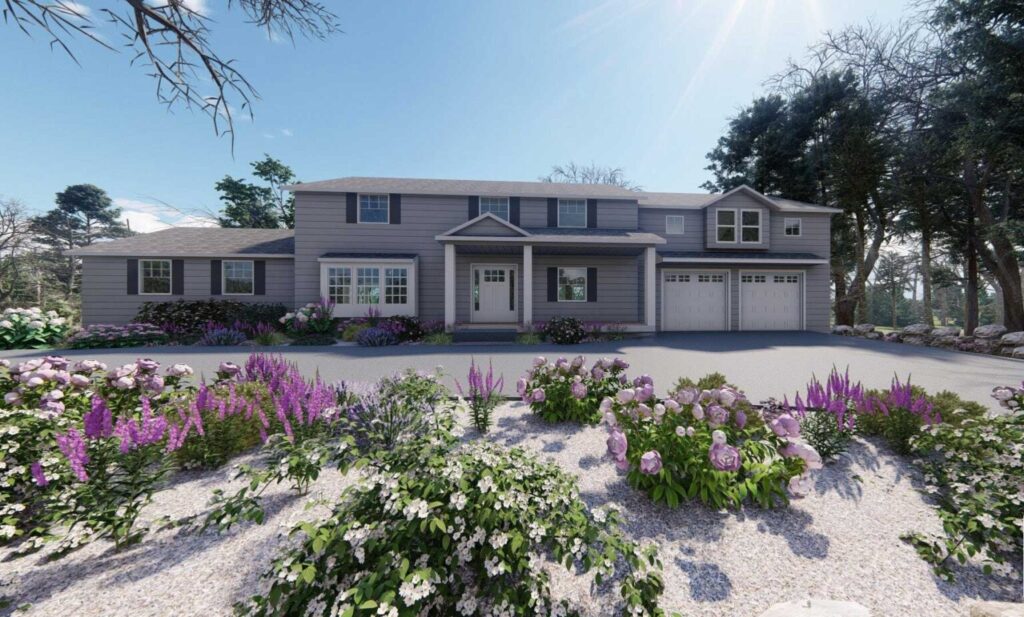
The most effective planting plan to use in your home garden will depend on several factors, including site conditions (sun/shade patterns, soil type), the types of pollinators you’d like to attract, and of course personal preferences such as flower color.
Our design process begins with interactive quizzes and an onboarding process where we gather information to understand your space, your aesthetic preferences, and a discussion of your budget and vision to minimize surprises when it comes time to build.
Our top-notch designers then develop a personalized vision for your yard, shared through 3D renderings, 2D plan drawings, and plant and material lists. Your design will capture the look, feel, and function you are hoping for, all while keeping costs within range.
Once your design is complete, we’ll help you connect with a local contractor from our Pro Network of vetted professional landscapers to install your new design.
Clients are also invited to participate in The American Rewilding Project—Yardzen’s initiative to support biodiversity and healthy ecosystems through the use of climate-adapted and habitat-supporting and pollinator-friendly plants. Nearly 90% of clients choose to participate—a definite win for local pollinators and wildlife.
Ready to get started? Discover the best design package for your outdoor renovation and get one step closer to the cut flower garden of your dreams.
Ready to design your dream yard?
Get StartedFeatured Articles
How an Interior Designer Created “Outdoor Rooms” in Her Yardzen Yard
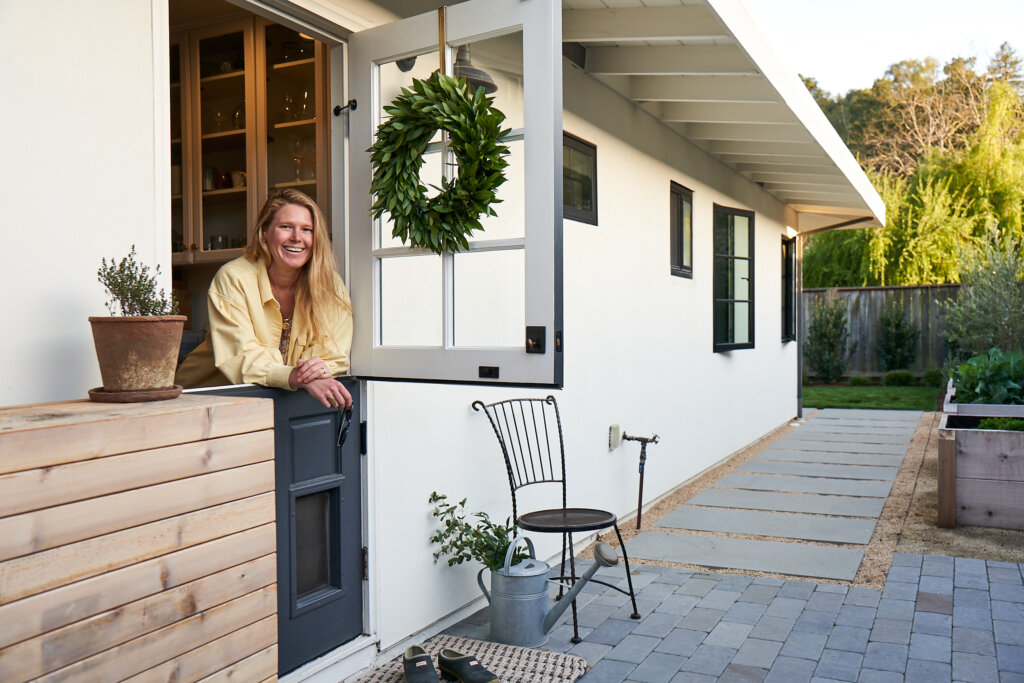
The Best Outdoor Cold Plunge Tubs & Ice Baths in 2024 (Chosen by Our Client...
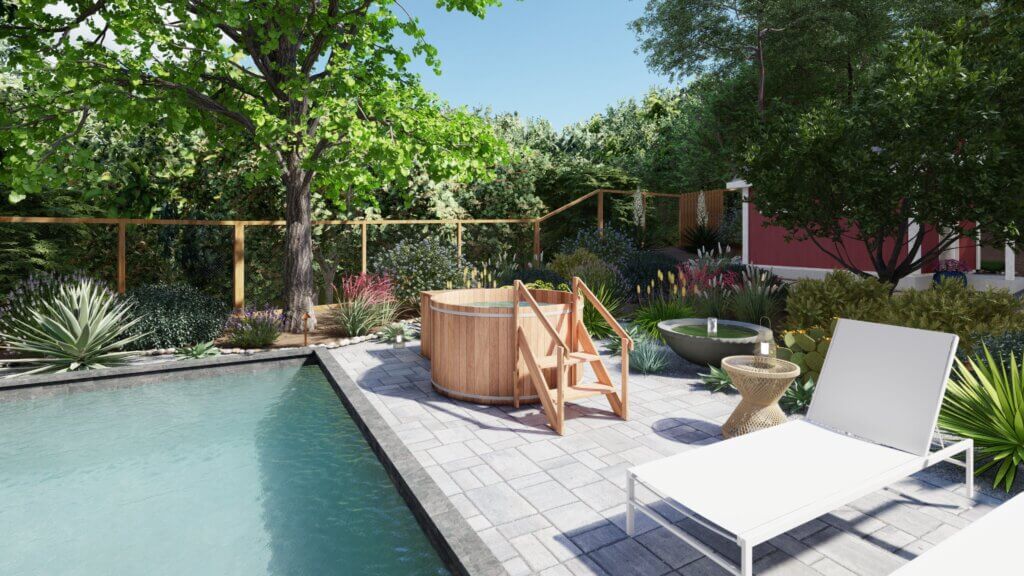
Our Dreamiest Plunge Pool Yard Designs
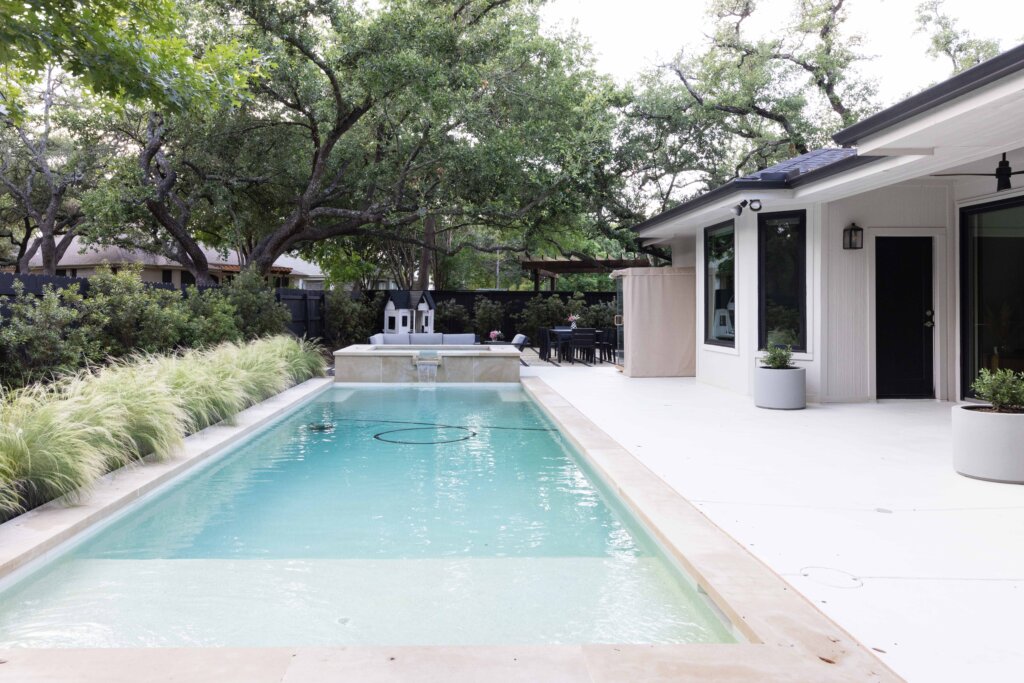
Our Favorite No-Grass Front Yard Ideas
